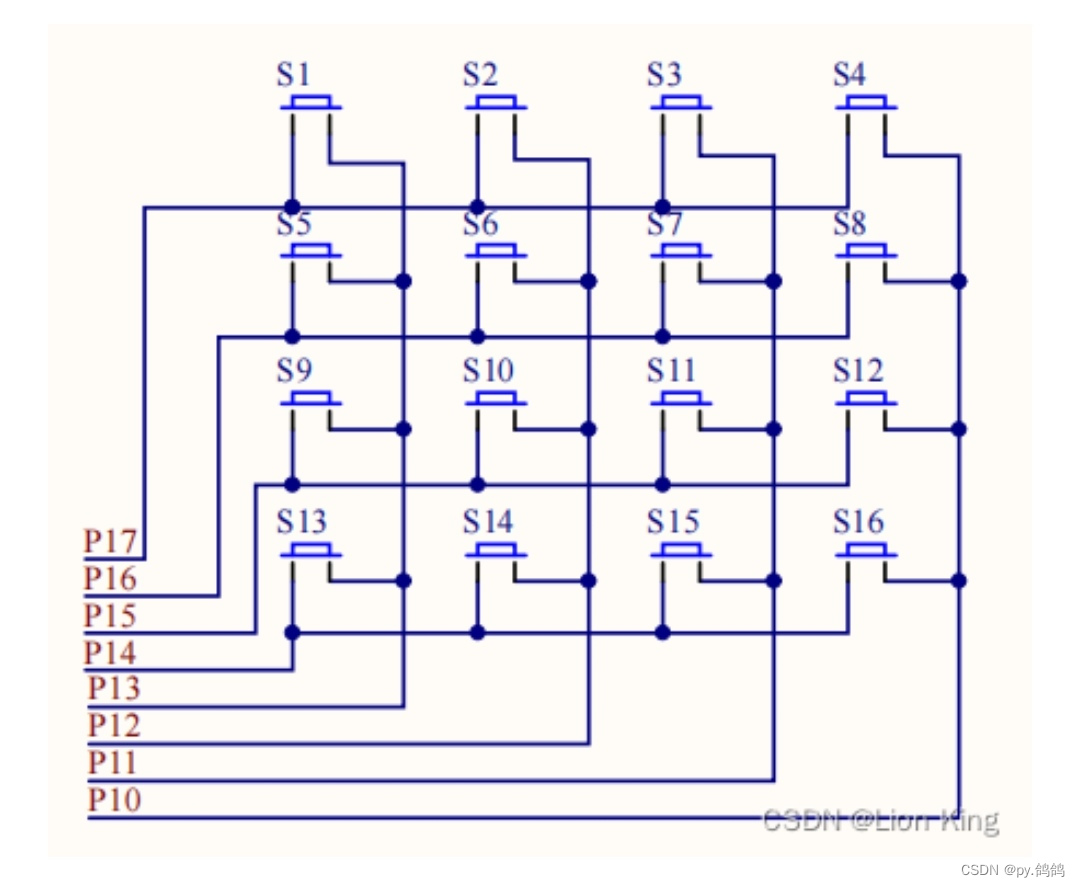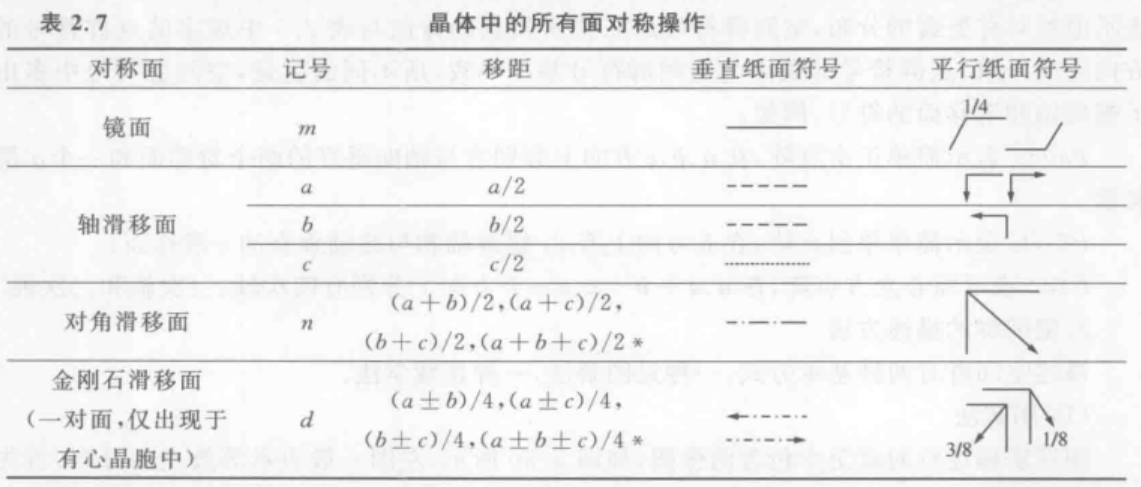主语部分、谓语部分、限定动词 {谓语动词} 和非限定动词 {非谓语动词}
- 1. 主语部分 (subject)
- 1.1. Forms of the subject
- 2. 谓语部分 (predicate)
- 2.1. Cambridge Dictionary
- 2.2. Longman Dictionary of Contemporary English
- 2.3. 谓语部分和谓语动词
- 2.4. Traditional grammar (传统定义)
- 2.5. Modern theories of syntax (现代定义)
- 3. 限定动词和非限定动词
- 3.1. 限定动词 (finite verb)
- 3.2. 非限定动词 (nonfinite verb)
- 3.3. Finite and non-finite verbs
- References
1. 主语部分 (subject)
A subject is one of the two main parts of a sentence (the other being the predicate, which modifies the subject).
主语部分是句子的两个主要部分之一 (另一个是谓语部分,修饰主语)。
主语部分 (subject) 是一种句法成分,由名词、名词短语或代词充当。主语部分决定谓语动词的形态,即与谓语动词达成语法一致。
1.1. Forms of the subject
The subject is a constituent that can be realized in numerous forms, many of which are listed in the following table:
| Term | Sample |
|---|---|
| Noun (phrase) or pronoun | The large car stopped outside our house. |
| A gerund (phrase) | His constant hammering was annoying. |
A to-infinitive (phrase) | To read is easier than to write. |
A full that-clause | That he had traveled the world was known to everyone. |
| A free relative clause | Whatever he did was always of interest. |
| A direct quotation | I love you is often heard these days. |
| Zero (but implied) subject | Take out the trash! |
| An expletive | It is raining. |
A cataphoric it | It was known to everyone that he had traveled the world. |
| A preposition phrase | After lunch is too late. |
phrase /freɪz/:n. 短语,词组,成语,乐句,习语,警句,惯用法 v. (以某种方式) 表达,措辞,推敲,划分乐句
pronoun /ˈprəʊnaʊn/:n. 代词 (代替名词或名词词组的单词)
gerund /ˈdʒerənd/:n. 动名词
infinitive /ɪnˈfɪnətɪv/:n. 动词的不定式 adj. (不受人称、数、时态限制的) 动词不定式的
clause /klɔːz/:n. (法律文件等的) 条款,子句,从句,分句
quotation /kwəʊˈteɪʃn/:n. 引用,报价,引文,行情,市价,牌价,语录,引语,估价,引述,引证
expletive /ɪkˈspliːtɪv/:n. 咒骂语,感叹语 adj. 补足的,多余的
preposition /ˌprepəˈzɪʃn/:n. 介词
2. 谓语部分 (predicate)
predicate /'predɪkət/:vt. 断言,断定,表明,阐明 n. 谓语部分
2.1. Cambridge Dictionary
predicate /ˈpred.ɪ.kət/: noun
the part of a sentence that contains the verb and gives information about the subject:
In the sentence “We went to the airport”, “went to the airport” is the predicate.
2.2. Longman Dictionary of Contemporary English
predicate /ˈpredɪkət/: noun [countable]
the part of a sentence that makes a statement about the subject, such as “swim” in “Fish swim” and “is an artist” in “She is an artist”
2.3. 谓语部分和谓语动词
The term predicate is used in two ways in linguistics and its subfields.
“predicate” 在语言学及其子领域中有两种用法。
The first defines a predicate as everything in a standard declarative sentence except the subject, and the other defines it as only the main content verb or associated predicative expression of a clause. Thus, by the first definition, the predicate of the sentence “Frank likes cake” is “likes cake”, while by the second definition, it is only the content verb “likes”, and “Frank” and “cake” are the arguments of this predicate.
第一种将 “predicate” 定义为标准陈述句中除主语之外的所有内容,另一种将其定义为从句的主要内容动词或相关谓语的表达。根据第一个定义,句子 “Frank likes cake” 的谓语部分是 “likes cake”,而根据第二个定义,它只是内容动词 “likes”,并且 “Frank” and “cake” 是这个谓语动词的参数。
The conflict between these two definitions can lead to confusion.
这两个定义之间的冲突可能会导致混淆。
为了避免混淆,第一种定义的 “predicate” 可表示为谓语部分,第二种定义的 “predicate” 可表示为谓语动词。
一个句子一般都有两个部分组成,即主语部分和谓语部分。谓语部分的中心词是限定动词即谓语动词,谓语动词是相对于非谓语动词而言的。
国内教材中所说的主谓宾结构,这里的谓语,指的是谓语动词,而不是谓语部分。
2.4. Traditional grammar (传统定义)
The predicate is one of the two main parts of a sentence (the other being the subject, which the predicate modifies). The predicate must contain a verb, and the verb requires or permits other elements to complete the predicate, or else precludes them from doing so.
谓语部分是句子的两个主要部分之一 (另一个是主语部分,由谓语部分修饰),负责陈述主语的动作和性质、状态,例如主语在做什么,或者主语是什么,主语呈现什么样子,处于什么状态。谓语部分必须包含动词,动词要求或允许其他元素完成谓语部分,否则会阻止它们完成谓语部分。
The predicate provides information about the subject, such as what the subject is, what the subject is doing, or what the subject is like.
谓语部分提供关于主语部分的信息,例如主语部分是什么,主语部分在做什么或主语部分是什么样的。
The relation between a subject and its predicate is sometimes called a nexus. A predicative nominal is a noun phrase: in the sentence “George III is the king of England”, the phrase “the king of England” is the predicative nominal. In English, the subject and predicative nominal must be connected by a linking verb, also called a copula. A predicative adjective is an adjective, such as in “Ivano is attractive”, “attractive” being the predicative adjective. The subject and predicative adjective must also be connected by a copula.
主语部分和谓语部分之间的关系有时称为连接点。表语名词是名词短语:在句子 “George III is the king of England”,短语 “the king of England” 是表语名词。在英语中,主语部分和表语名词必须通过连系动词 (a linking verb, also called a copula) 连接。表语形容词是形容词,例如在 “Ivano is attractive”,“attractive” 就是表语形容词。主语部分和表语形容词也必须通过连系动词连接。
nexus /ˈneksəs/:n. 关系,联系,(错综复杂的) 联结
predicative /prɪˈdɪkətɪv/:adj. 作表语的 n. 表语,表语性
nominal /ˈnɒmɪnl/:adj. 名义上的,名词的,象征性的,名词性的,有名无实的,很小的 n. 名词性的词
copula /ˈkɒpjələ/:n. 连系动词,等同于 linking verb
2.5. Modern theories of syntax (现代定义)
Some theories of syntax adopt a subject-predicate distinction. For instance, a textbook phrase structure grammar typically divides an English declarative sentence (S) into a noun phrase (NP) and verb phrase (VP). The subject NP is shown in green, and the predicate VP in blue.
declarative /dɪˈklærətɪv/:adj. 陈述的
declarative sentence:陈述句,说明语句

3. 限定动词和非限定动词
3.1. 限定动词 (finite verb)
限定动词又称为谓语动词,在句中作谓语动词,受到主语的限定。
A finite verb is a verb that contextually complements either an explicit subject or - in the imperative mood - an implicit subject. A finite transitive verb or a finite intransitive verb can function as the root of an independent clause. Finite verbs are distinguished from non-finite verbs such as infinitives, participles, gerunds etc.
限定动词 (finite verb) 是一种动词的形式,与句子中主语的人称、数等一致,并体现在时态上。限定动词与非限定动词 (不定式、分词、动名词) 的区别在于,非限定动词不需要与主语的人称、数等语法范畴一致。
imperative /ɪmˈperətɪv/:adj. 迫切的,祈使的,急需处理的,重要紧急的,表示权威的 n. 祈使语气,祈使语气动词,必要的事,重要紧急的事
A finite verb is a verb that has a subject and shows tense.
限定动词是有主语并表示时态的动词。

A finite verb is always one word, from which you can determine the tense.
限定动词始终由一个词组成,您可以通过该词确定时态。
- Finite verbs must agree with the subject in person, number, and tense.
- Finite verbs must be conjugated with the subject.
- Finite verbs must be in the correct tense.
- Finite verbs must be used in the right context.
conjugate /ˈkɒndʒəɡeɪt/:v. (根据数、人称、时态等) 列举 (动词) 的变化形式,(表示数、人称、时态等) 有词形变化形式 adj. 成对的,结合的,共轭的,同源的
3.2. 非限定动词 (nonfinite verb)
非限定动词又称为非谓语动词,在句中不作谓语动词,不受主语的限定。
A nonfinite verb, in contrast to a finite verb, is a form of a verb that lacks inflection (conjugation) for number or person. In the English language, a nonfinite verb cannot perform action as the main verb of an independent clause.
非限定动词 (nonfinite verb) 是动词的一种派生形式,在独立子句中不能体现动作,不受人称、数等限制,与限定动词相对。
conjugation /kɒndʒʊ'geɪʃ(ə)n/:n. 动词的变化形式
inflection /ɪn'flekʃ(ə)n/:n. (尤指词尾的) 屈折变化,语调的抑扬变化
In English, nonfinite verb forms include infinitives, participles and gerunds.
英语中的非限定动词有动词不定式、动名词、分词。
infinitive /ɪn'fɪnɪtɪv/:n. 动词不定式 adj. 动词不定式的
participle /'pɑːtɪsɪp(ə)l/:n. 分词 (现在分词或过去分词)
gerund /'dʒerʌnd/:n. 动名词
3.3. Finite and non-finite verbs
Finite verb forms show tense, person and number (I go, she goes, we went, etc.).
Non-finite verb forms do not show tense, person or number. Typically they are infinitive forms with and without to (e.g. to go, go), -ing forms and -ed forms (e.g. going, gone).
Finite and non-finite verbs are differentiated from each other with reference to their nature and behaviour when used in a sentence. Finite verbs are those verbs that agree with the subject and express the mood, tense, number and person. On the other hand, non-finite verbs do not agree with the subject and can be used in the present participle, past participle or infinitive forms to perform different functions in a sentence.
participle [pɑː(r)ˈtɪsɪp(ə)l]:n. 分词 (现在分词或过去分词)
References
[1] Yongqiang Cheng, https://yongqiang.blog.csdn.net/
[2] Subject (grammar), https://en.wikipedia.org/wiki/Subject_(grammar)
[3] Predicate (grammar), https://en.wikipedia.org/wiki/Predicate_(grammar)












![[Linux]:信号(下)](https://img-blog.csdnimg.cn/img_convert/c80f1499011a5656579fa988f1c26c8d.png)






